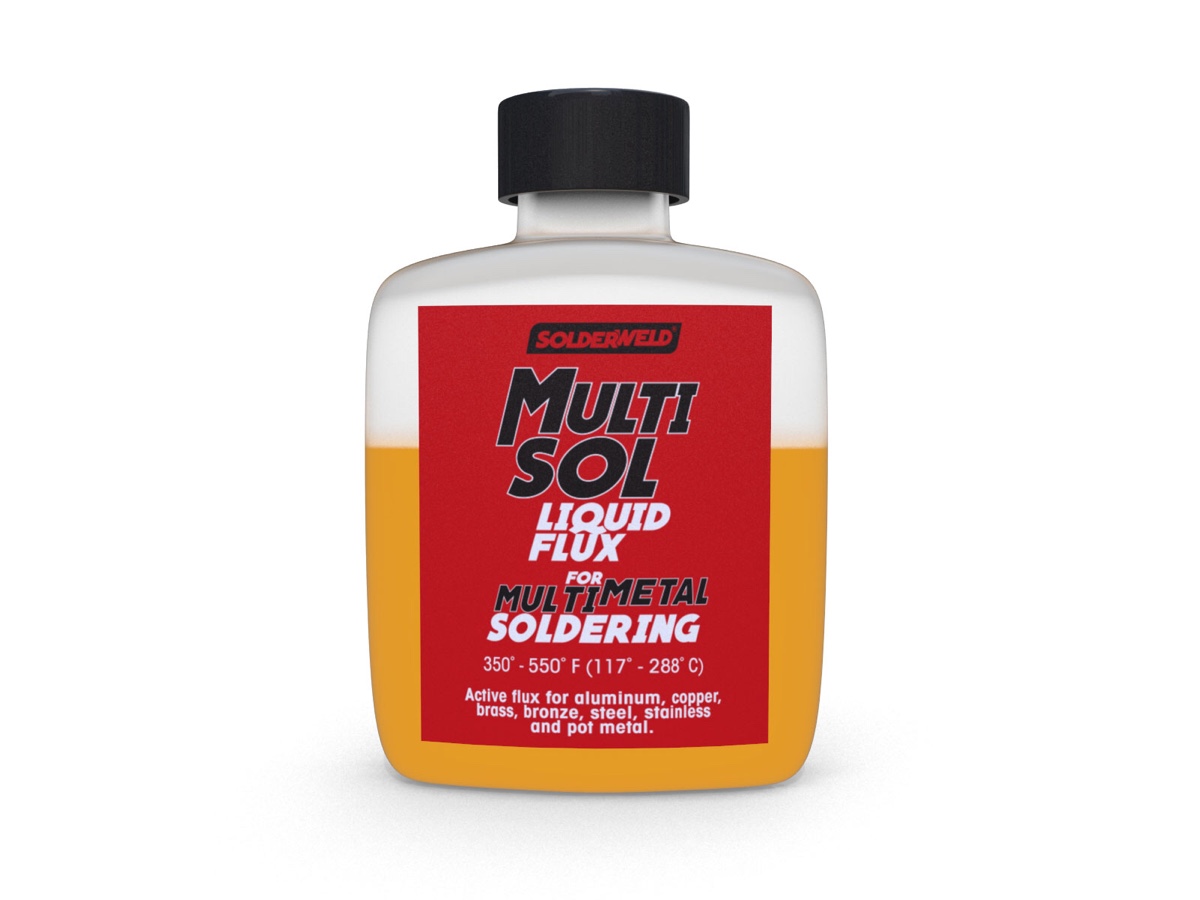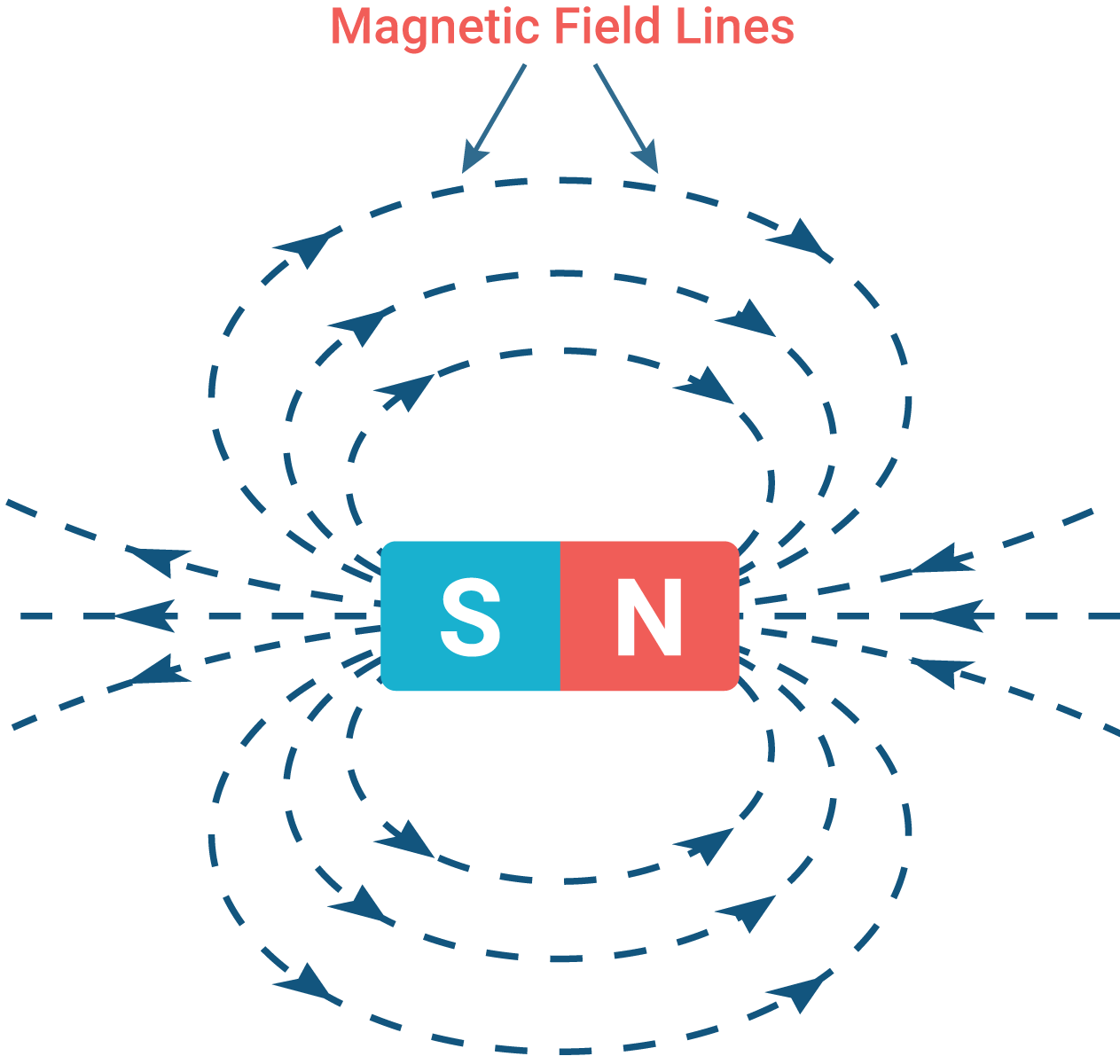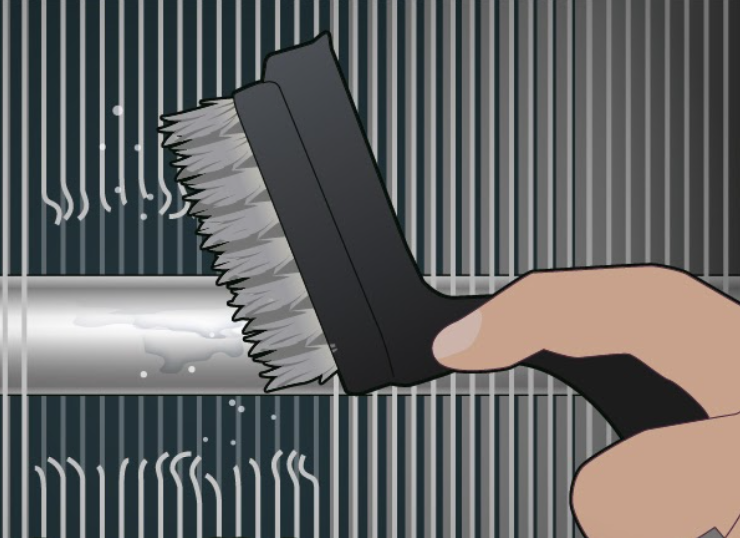Get Tech Tips
Subscribe to free tech tips.
What is Flux?

In HVAC, you will hear the word “flux” used in two totally different parts of the trade.
You may have heard of magnetic flux before. Magnetic flux is the lines of force that emanate from a magnet. You often hear about magnetic flux lines in discussions of motor theory. Transformers also use electromagnetic flux to transfer current from the primary to the secondary.

The type of flux I'm talking about today has nothing to do with that…
Flux in Soldering, Brazing, and Welding
Flux in soldering, brazing, and welding is a powder, paste, or liquid added to the base material being bonded. You may apply flux directly, or it may already be included as part of the rod or wire being applied.

Flux can do a few different things to improve the bond. However, the main thing it does is bond with metal oxides and keep them out of the work area.
“What are oxides?” you may ask.
Oxides are compounds that result from one material (in this case, metal) reacting with oxygen to create a new substance. Some common oxides are rust in steel or iron. That black scale that shows up on copper when you heat it above 600° is called “cupric oxide.” That cupric or copper oxide can cause trouble, as it likes to block up screens and valves.
In the case of soldering, brazing, and welding, we are heating base metals to the point where they will generally break down easily and start to bond with oxygen. That bonding is what forms those nasty oxides.
The oxides build up a layer that the alloy just won't want to bond to, resulting in anything from a poor bond to no bond at all.

The most common purpose for flux is to keep those oxides out of the way so that the bond can be made. Flux isn't a replacement for proper cleaning and heat control, but in many cases, it is a necessity to deal with oxides.
Now, flux isn't always required.
Fluxing Agents and Alternatives
In TIG welding, a shielding gas like argon keeps the oxygen away from the work area; it's an alternative to using flux.
In silver/phosphorus brazing, the phosphorus acts as the fluxing agent. However, that limits the number of metals you can use it with because phosphorus-bearing alloys do not work with steel.

Fluxes must be used according to manufacturer specs. Some are toxic and should not be breathed, and most fluxes should be cleaned off after the bond is made. You might consider using a brush to get all of that residual flux off the base metal.
—Bryan
P.S. – The flux shown at the beginning of this tech tip is for use with Solderweld Multi-Sol: a low-temp multi-metal solder and flux. You can find out more about getting Solderweld products from suppliers near you by visiting productsbypros.com.











Comments
To leave a comment, you need to log in.
Log In